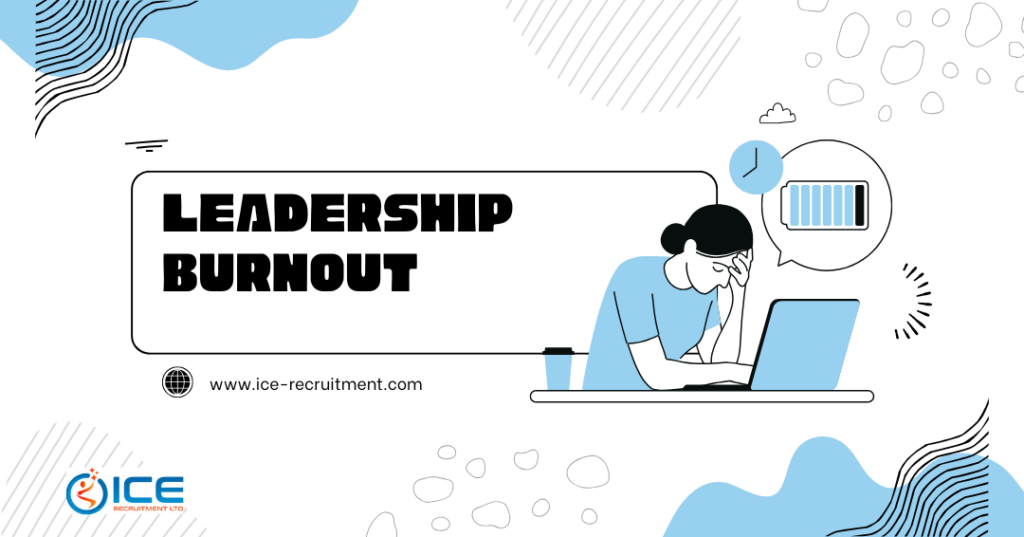We talk a lot about burnout in sales—but usually, we’re talking about SDRs grinding out cold calls or AEs chasing targets in tough markets.
What we don’t talk about enough?
Burnout in sales leadership. How do I know? I was the Sales Director at 2 global companies in the VAR community for years.
The Sales Directors, Heads of Revenue, and frontline managers carrying numbers, teams, board pressure, and personal expectations—often without the same support or acknowledgment they offer to their teams.
And more recently, it’s becoming a silent epidemic.
Because while we coach resilience into our reps, many of us haven’t figured out how to sustain it in ourselves.

- The pressure at the top is invisible—but very real.
Sales leadership is a strange spot to sit. You’re expected to be the motivator, the strategist, the firefighter, the buffer between reality and the board.
On any given day, you’re fielding:
- Board-level growth expectations.
- Downward pressure on budgets and headcount.
- Emotional fallout from rep exits, lost deals, or missed quarters.
But unlike your reps, there’s no real outlet. No 1:1 to vent in. No slack group for “middle-management support.” You’re supposed to have the answers—even when you don’t.
And so the pressure builds quietly.
- It’s the Sunday night dread. The missed gym sessions. The “I’ll just do this one more email.” The constant mental context switching between strategy, delivery, and damage control.
- And if left unchecked, it leads to something I’ve seen more than once: talented sales leaders walking away—not because they failed, but because they burned out.
- High performers don’t just need more stamina—they need more structure.
Burnout isn’t about weakness. It’s about load.
We assume that the best sales leaders will “figure it out.” That if you’ve made it this far, you must have the resilience built in.
But resilience isn’t a trait. It’s a system. And like any system, it breaks under strain if it’s not maintained.
What does that maintenance look like?
- Clarity of focus. You can’t own everything. Great leaders ruthlessly prioritise where they can actually make impact—and delegate or defer the rest.
- Real support. Not just a pat on the back after QBRs, but peer groups, mentors, and honest conversations with founders and CROs.
- Time protection. If your calendar is wall-to-wall firefighting, you’re not leading—you’re reacting. You need time to think, plan, and recover.
And perhaps most importantly: you need permission to stop carrying everyone else’s energy.
Sometimes, it’s okay to say, “I’m not at 100% this week.” That honesty builds culture, not weakness.
- As leaders, we must model what we want to see.
We tell our teams to switch off, take breaks, speak up if they’re struggling.
But are we doing the same?
Because culture isn’t just what you preach—it’s what you permit. And if the tone at the top is burnout-as-badge-of-honour, don’t be surprised when it spreads.
So if you’re feeling the strain—step back, reassess, and build the systems to sustain yourself.
Sales is a marathon, not a sprint. And leadership? That’s the hill climb.
Make sure you’ve got the fuel for it.



